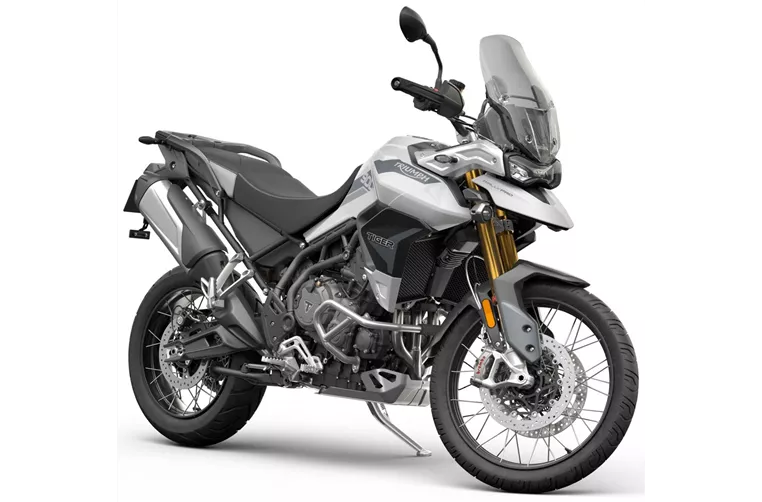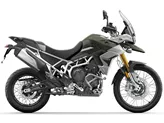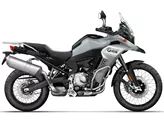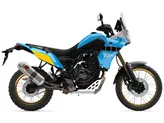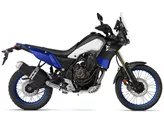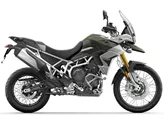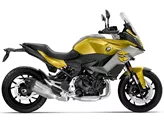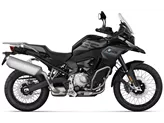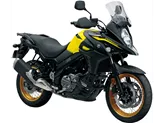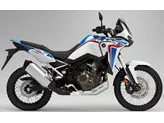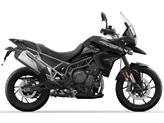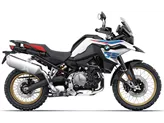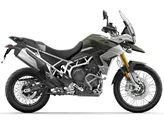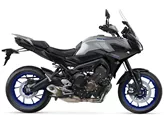Triumph Tiger 800 2011 vs. Triumph Tiger 900 Rally Pro 2020

Triumph Tiger 800 2011
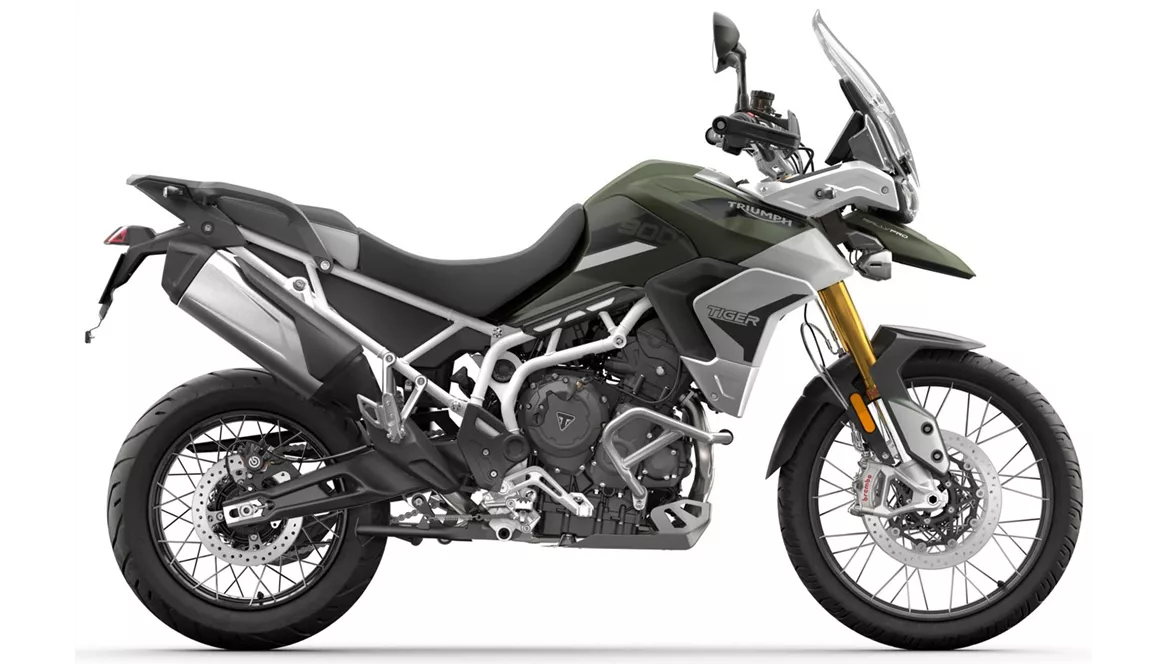
Triumph Tiger 900 Rally Pro 2020
Vue d’ensemble - Triumph Tiger 800 2011 vs Triumph Tiger 900 Rally Pro 2020
The Triumph Tiger 800 model year 2011 and the Triumph Tiger 900 Rally Pro model year 2020 are both enduro motorcycles from Triumph, but they have several differences in terms of technical specifications and features.
Starting with the engine and drive train, both models have an in-line three-cylinder engine. However, the Tiger 800 has a bore of 74 mm and a stroke of 61.9 mm, while the Tiger 900 Rally Pro has a slightly larger bore of 78 mm and the same stroke. In terms of power, the Tiger 800 produces 95 horsepower and 79 Nm of torque, while the Tiger 900 Rally Pro offers a slightly higher power output of 95.2 horsepower and 87 Nm of torque. Both motorcycles have a chain transmission.
In terms of suspension, both models feature Showa front and rear suspension. However, the Tiger 900 Rally Pro offers more adjustments, including compression, preload, and rebound adjustments on the front suspension, and preload and rebound adjustments on the rear suspension. The Tiger 800, on the other hand, only has rebound adjustments for both front and rear suspension.

Triumph Tiger 800 2011
When it comes to brakes, the Tiger 800 is equipped with Nissin brakes on the front, while the Tiger 900 Rally Pro features Brembo brakes on the front. This indicates that the Tiger 900 Rally Pro may offer better braking performance.
In terms of advanced rider assistance systems, both models have ABS. However, the Tiger 900 Rally Pro offers additional features such as riding modes, cornering ABS, ride by wire, and traction control. These features enhance the overall safety and performance of the motorcycle.
In terms of dimensions and weights, there are minor differences between the two models. The Tiger 900 Rally Pro has a slightly larger front tire diameter of 21 inches compared to the 19-inch front tire of the Tiger 800. Both models have the same rear tire width of 150 mm and rear tire diameter of 17 inches. The wheelbase of both motorcycles is also similar, with the Tiger 800 having a wheelbase of 1555 mm and the Tiger 900 Rally Pro having a slightly shorter wheelbase of 1551 mm. The seat height of the Tiger 800 is 830 mm, while the Tiger 900 Rally Pro has a slightly higher seat height of 850 mm. Additionally, the Tiger 900 Rally Pro has a larger fuel tank capacity of 20 liters compared to the 19-liter capacity of the Tiger 800.

Triumph Tiger 900 Rally Pro 2020
In terms of strengths, the Tiger 800 2011 is known for its homogeneous power development, smooth ride, loud sound, and the presence of ABS. On the other hand, the Tiger 900 Rally Pro 2020 offers a three-cylinder engine full of character, significantly improved off-road capability, comfortable suspension elements, a quickshifter with blipper as standard, generous standard equipment including heated seats for both rider and passenger, good ergonomics, good wind and weather protection, and long-distance capability.
In terms of weaknesses, the Tiger 800 2011 has a somewhat stiff gearbox during lively gear changes. The Tiger 900 Rally Pro 2020, on the other hand, has handguards that are not very robust for off-road use and a flood of switches on the left handlebars.
Overall, the Triumph Tiger 900 Rally Pro 2020 offers several improvements and additional features compared to the Triumph Tiger 800 2011. It has a more powerful engine, better suspension adjustments, upgraded brakes, and advanced rider assistance systems. Additionally, it offers a more comfortable and versatile riding experience with its generous standard equipment and improved off-road capability.
Caractéristiques techniques Triumph Tiger 800 2011 par rapport à Triumph Tiger 900 Rally Pro 2020
Avantages et inconvénients en comparaison
Avantages et inconvénients en comparaison
Triumph Tiger 800 2011

Il semble que Triumph ait construit une moto qui a fait du trait de caractère le plus prononcé chez les félins sauvages - la souplesse - le principe suprême de sa dynamique. La Tiger est élégante, maîtrisée et réfléchie dans l'utilisation de sa puissance.
Triumph Tiger 900 Rally Pro 2020
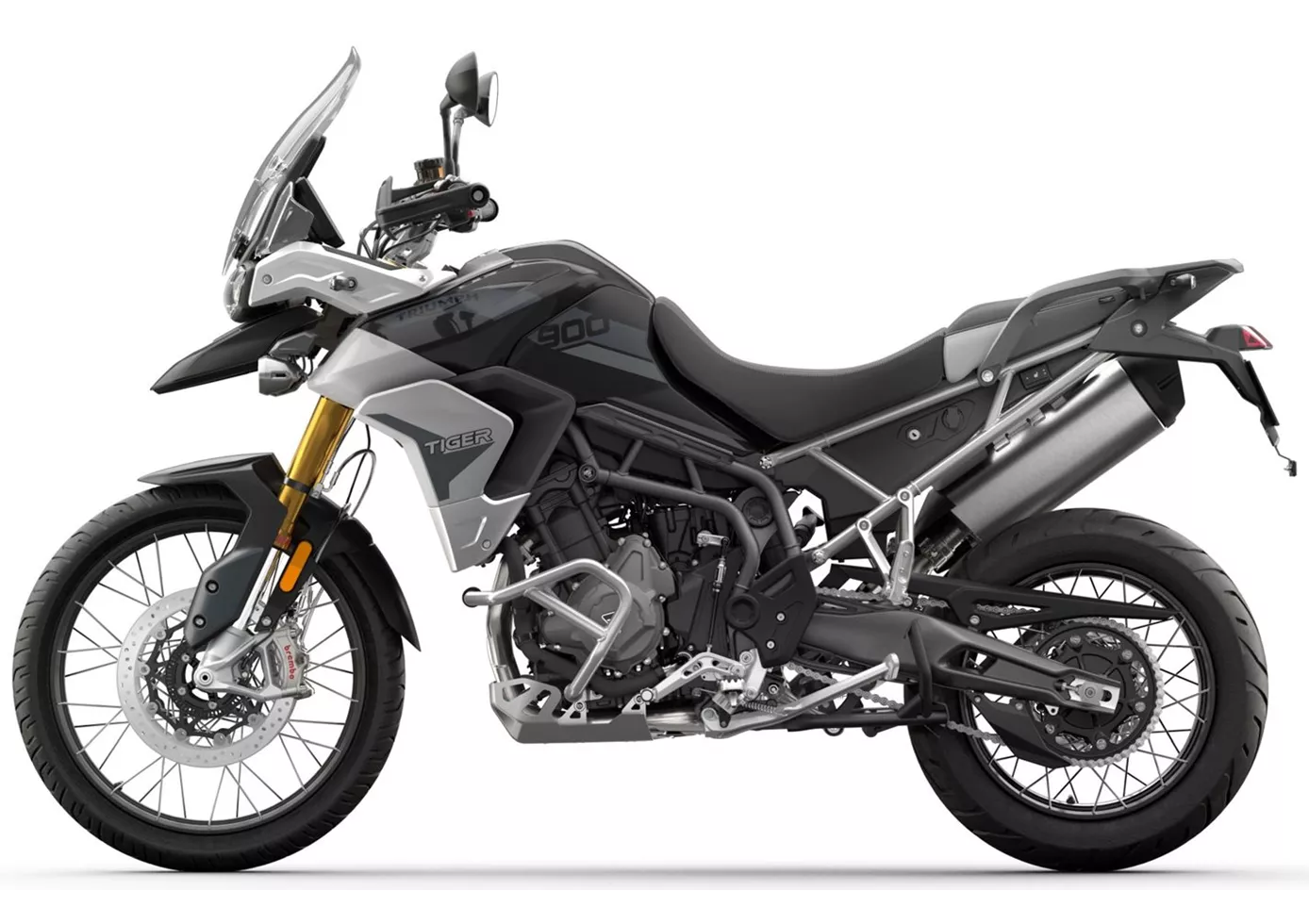
Il est impressionnant de voir à quel point cette moto parvient à faire le grand écart entre le tout-terrain et le hors-route, à faire exactement ce qu'une moto d'aventure devrait faire ou ce que l'on veut encore faire avec une moto d'aventure. Et cela avec un degré de maturité qui étonne pour un nouveau modèle et qui montre que chez Triumph, on a fait ses devoirs et que la Tiger 800, déjà sous-estimée, a été développée de manière judicieuse. Même si le sifflement typique du trois cylindres, moins prononcé, peut manquer à certains fans inconditionnels de la Tiger. A la question de savoir si la Tiger 900 Rally Pro est prête pour le voyage, je ne peux répondre que par un "quand est-ce que ça va repartir ?
Comparaison des prix Prix moyen du marché Triumph Tiger 800 vs Triumph Tiger 900 Rally Pro
There are a few key differences between a Triumph Tiger 800 2011 and a Triumph Tiger 900 Rally Pro 2020. In terms of price, the actual average price of a Triumph Tiger 900 Rally Pro 2020 is about 79% higher. Compared to Triumph Tiger 900 Rally Pro 2020 there are more Triumph Tiger 800 2011 bikes available on the 1000PS.de Marketplace, specifically 7 compared to 4. It takes less time to sell a Triumph Tiger 800 with 46 days compared to 91 days for a Triumph Tiger 900 Rally Pro. Since model year 2011 1000PS.de editors have written 10 reviews for the Triumph Tiger 800 and 22 reviews for the Triumph Tiger 900 Rally Pro since model year 2020. The first review for the Triumph Tiger 800 was published on 11/1/2010 and now has more than 8,200 views. This compares to more than 65,300 views for the first review on Triumph Tiger 900 Rally Pro published on 12/3/2019.

